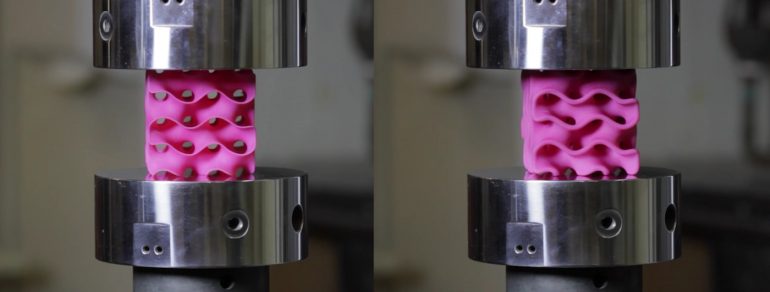Revolutionizing The Construction Industry

Graphene: the wonder material that is one atom thick, many times stronger than steel, and extremely conductive. Graphene, which is ultra thin graphite, has been around since 2004 after the University of Manchester discovered it and the research and possible applications continue to balloon. This material is more commonly heard of in solar and device/sensor applications, but the construction industry could greatly benefit from the widespread use of graphene.

And this isn’t just graphene, but single crystal graphene (SCG) which has a myriad of industrial applications, but for now is still confined to the lab bench and has not yet arrived to the work bench or construction site.
As with most scientific innovations, the challenge is to bring an innovation from the lab to the marketplace, and that usually has to do with scale. It can be much easier to make one or two iterations of a single technology, but to mass-produce on a larger scale takes more research and industry support. For single crystal graphene, there are already some ideas on how manufacture large graphene sheets, but these ideas have yet to be completely realized. The largest graphene sheet created so far is only 500mm long.
But for the construction industry, there are several applications of how single crystal graphene could be use. Reinforcing the lining of work gloves can make more resistant to punctures and cuts, improving safety for workers. Single crystal graphene could also provide barrier protection for chemicals.
Another way single crystal graphene could disrupt construction supplies is the use of membranes for waterproofing. This is a large and growing market, estimated to reach close to $1.5 billion by 2021. Why SCG could be used as a membrane on buildings is due to its complete impermeability. It can block both liquids as well as gases.
One gas that is of major concern due to its radioactivity is radon. According to the Environmental Protection Agency (EPA) and the Surgeon General’s Office, it has been estimated that up to 20,000 lung cancer deaths occur on an annual basis due to radon. Lung cancer deaths caused by radon cost the U.S. $2 billion annually through direct and indirect medical costs. The World Health Organization (WHO) has estimated that radon can cause from 3 to 14 percent of all lung cancers, depending on how prevalent smoking is and the levels of radon in a country.
Radon is a naturally occurring gas. It is odorless, colorless, and tasteless, and can easily penetrate many kinds of materials including plastic bags, sheetrock, tar paper, wood paneling, and leather. Smokers who smoke in homes and buildings with high radon levels are at a higher risk for developing lung cancer. Research indicates that children are possibly be more sensitive to radon, which may be due to higher respiration rates and that they’re still growing (on a cellular level, their cells are dividing as a high rate). What single crystal graphene can help to create a gas and moisture barrier in buildings of all kinds, which could dramatically lower the incidents of radon-induced lung cancer.
Materials like graphene or CVD graphene can possibly aid in increasing the impermeability and strength in the fabrication of construction materials and supplies, as well as in a variety of other applications. To learn about our graphene sheets for sale, contact us today to learn more.
Tags: CVD graphene, Graphene, graphene construction, graphene industry, graphene sheets, graphene sheets for sale, graphene technology